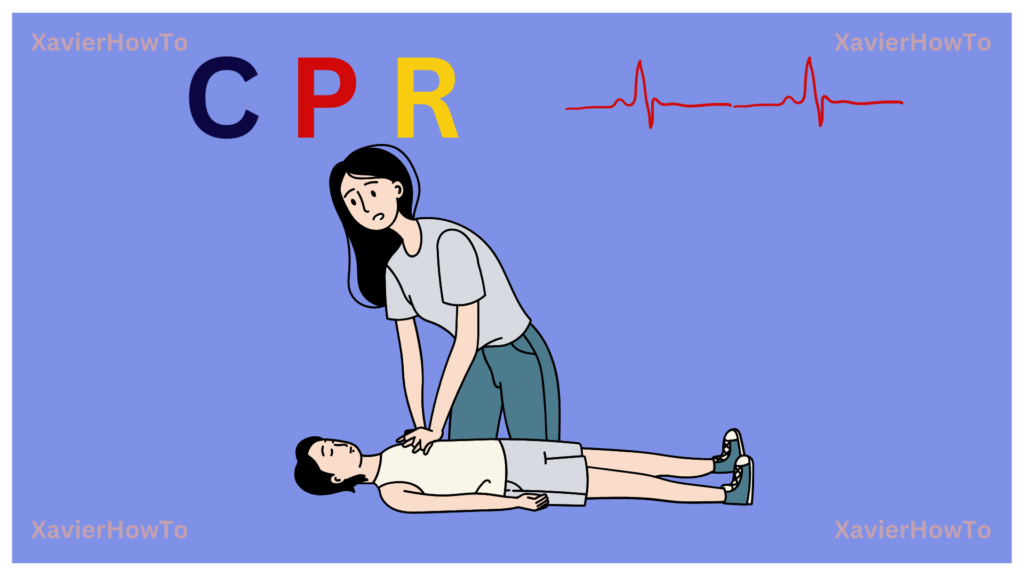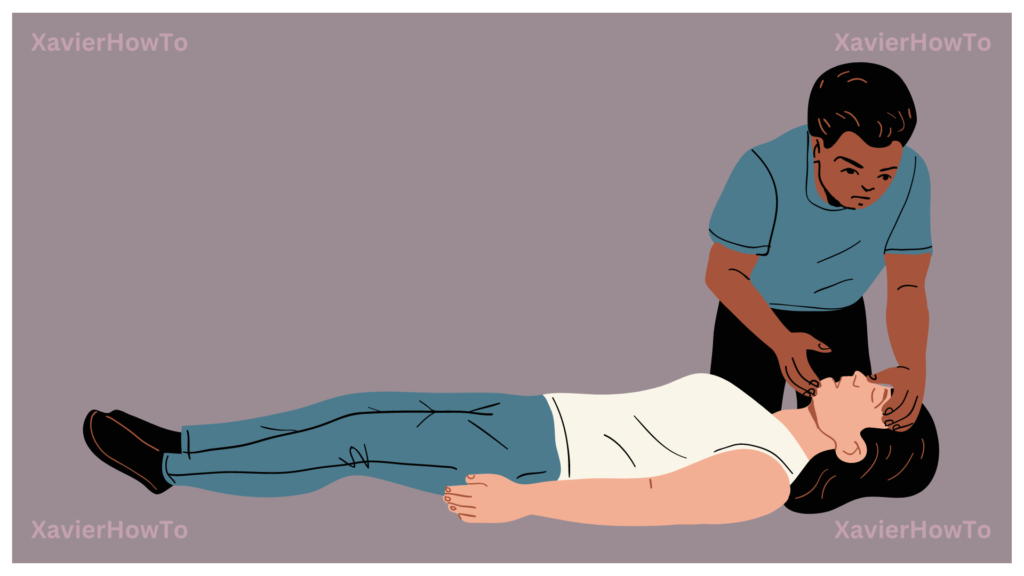Cardiopulmonary resuscitation (CPR) is a life-saving technique used to restore breathing and circulation in individuals experiencing cardiac arrest. During cardiac arrest, the heart stops beating, which can lead to brain damage or death within minutes. It is necessary to perform CPR when a person is not breathing normally or is gasping for air. This can be caused by respiratory arrest, which can occur due to choking, suffocation, drowning, drug overdose, or other medical conditions.
Mechanisms of Performing CPR
CPR involves a combination of chest compressions and rescue breaths to maintain blood flow and oxygenation to the brain and other vital organs until medical help arrives. The goal of CPR is to keep the person’s blood circulating until a defibrillator or other advanced medical equipment can be used to restore the heart’s normal rhythm. Performing CPR on an individual who is not breathing normally or is experiencing cardiac arrest can greatly increase their chances of survival. Therefore, it is essential to learn how to perform CPR and be prepared to act quickly in an emergency.
It’s important to remember that CPR is not a substitute for professional medical care. If you suspect that someone is experiencing a medical emergency, call for medical help immediately while beginning CPR.
In this article, we will provide a comprehensive guide on performing CPR across different age groups, including infants, children, and adults.
CPR for Infants: Step-by-Step Guide
Knowing how to perform CPR on an infant can be a lifesaving skill, especially in emergency situations. Here is a step-by-step guide on how to perform CPR on an infant:
Check for responsiveness
Tap the infant’s foot and shout their name to see if they respond. If the infant is unresponsive, immediately call for help and request an ambulance.
Open the airway
Place the infant on their back and gently tilt their head back with one hand while using the other hand to lift their chin upward. Ensure that the head is not tilted too far back to avoid blocking the airway.
Check for breathing
Look for chest rise and fall to determine if the infant is breathing normally. If there is no sign of breathing or only gasping, start CPR
Start compressions
Place two fingers in the center of the infant’s chest, just below the nipple line. Press down gently with your fingers, compressing the chest about one-third of its depth. Provide 30 compressions at a rate of 100 to 120 per minute.
Provide rescue breaths
Cover the infant’s mouth and nose with your mouth to form a tight seal. Blow gently into their mouth and nose to inflate their lungs, watching for their chest to rise. Give two breaths that last roughly one second each.
Repeat the cycle
Continue the cycle of 30 compressions and two breaths until help arrives or the infant begins to breathe normally again.
Remember to use only two fingers for compressions and to be gentle to avoid causing injury to the infant’s chest. Also, ensure that the head is in the proper position throughout the process to maintain an open airway.
It’s important to note that performing CPR on an infant can be emotionally challenging, but it is essential to remain calm and composed. With proper training and practice, you can confidently perform CPR when it matters most.
CPR for Children: Step-by-Step Guide
Performing CPR on a child requires similar steps to those used for adults, but there are a few differences to keep in mind. Here is a step-by-step guide on how to perform CPR on a child:
Check for responsiveness
Tap the child’s shoulder and shout their name to see if they respond. If the child is unresponsive, immediately call for help and request an ambulance.
Open the airway
Gently tilt the child’s head back while placing one palm on their forehead.. Use your other hand to lift their chin upward to open their airway.
Check for breathing
Look for chest rise and fall to determine if the child is breathing normally. If there is no sign of breathing or only gasping, start CPR

Start compressions
Place two fingers in the center of the child’s chest, just below the nipple line. Press down firmly with your fingers, compressing the chest about one-third of its depth. Provide 30 compressions at a rate of 100 to 120 per minute.
Provide rescue breaths
Pinch the child’s nose closed and cover their mouth with your mouth to form a tight seal. Blow gently into their mouth to inflate their lungs, watching for their chest to rise. Give two breaths that last roughly one second each.
Repeat the cycle
Continue the cycle of 30 compressions and two breaths until help arrives or the child begins to breathe normally again.
Remember to keep the child’s head tilted back and chin lifted throughout the process. Also, ensure that you are compressing deep enough and at the correct speed to effectively circulate blood to the child’s brain and other vital organs.

CPR for Adults
To Perform CPR in Adults can be a little more challenging compared to the other age groups. . Here is a step-by-step guide on how to perform CPR on an adult:
Check for responsiveness
Tap the person’s shoulder and shout their name to see if they respond. If the person is unresponsive, immediately call for help and request an ambulance.
Open the airway
Tilt the person’s head back and lift their chin upward to open their airway.
Check for breathing
Usually, during breathing, the chest wall moves. However, if you check for chest rise and fall to determine if the person is breathing normally.Start CPR if there is no indication of breathing or only gasping.
Start compressions
Put one hand’s heel between the nipples in the middle of the person’s torso. Interlock your fingers and place the second hand on top of the first.. Press down firmly with your hands, compressing the chest about two inches deep. Provide 30 compressions at a rate of 100 to 120 per minute.
Provide rescue breaths
Pinch the person’s nose closed and cover their mouth with your mouth to form a tight seal. Blow gently into their mouth to inflate their lungs, watching for their chest to rise. blow two breaths into the person’s nose that last roughly one second each.
Repeat the cycle
Continue the cycle of 30 compressions and two breaths until help arrives or the person begins to breathe normally again.
Remember to keep your arms straight and shoulders directly over your hands when performing compressions. Also, ensure that you are compressing deep enough and at the correct speed to effectively circulate blood to the person’s brain and other vital organs.